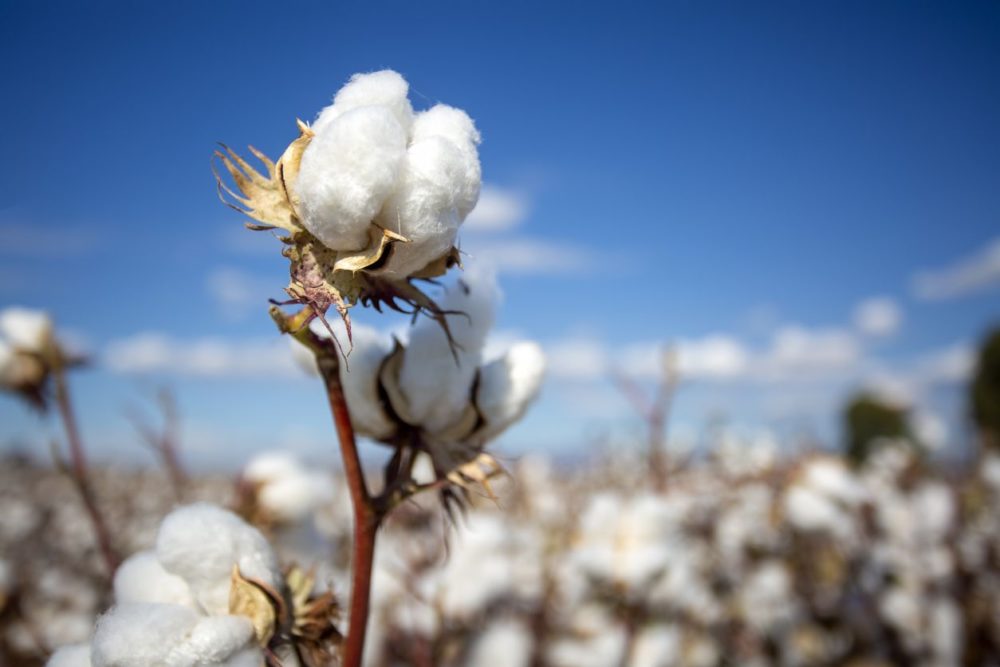- Cargill will start enrolling US cotton growers next month in its RegenConnect program for regeneratively grown cotton that pays growers for implementing soil health practices.
- Cargill offers one-year-long contracts to cotton growers using already established regen ag practices such as cover cropping and reduced-till or no-till practices. Growers will earn a premium for each pound of regeneratively-grown cotton they contract, produce, and deliver to Cargill.
- To monitor and verify these practices, Cargill has partnered with software company Regrow to use its soil-health MRV (management, reporting, and verification) platform. (Cargill is an investor in Regrow.)
Why it matters:
Regenerative agriculture is widely seen as an important tool in the fight against climate change. Financial risk and a lack of adequate resources often keep farmers from switching over to practices like no-till and cover cropping. Partly in response (and partly to meet climate commitments), large agrifood corporations have started releasing tools and launching programs that help these farmers make the transition.
Today’s cotton growers face the challenge of increasing production of this staple material while reducing land area and making existing acreage more efficient. Proponents say regenerative agriculture can help.
Cargill’s RegenConnect program for cotton is currently for growers that have implemented cover crops and reduced-till or no-till practices since the Fall of 2021. Participating states include Alabama, Arkansas, Georgia, Kansas, Louisiana, Mississippi, Missouri, Oklahoma, Tennessee and Texas. Growers will earn a premium for each pound of cotton. Enrollment begins in July and ends in September.
To help monitor farms and verify outcomes, Cargill has partnered with remote-sensing and soil health management startup Regrow, whose technology is specifically built to enable regen ag practices.
Cargill initially launched its RegenConnect program in 2021 for growers farming commodity products like soy, wheat, and corn, all of which are eligible to enroll for year two along with cotton.




